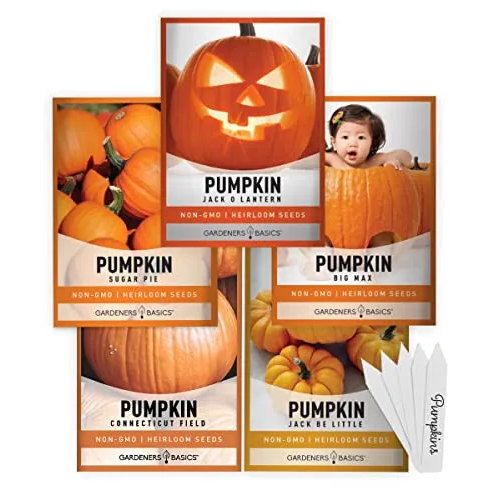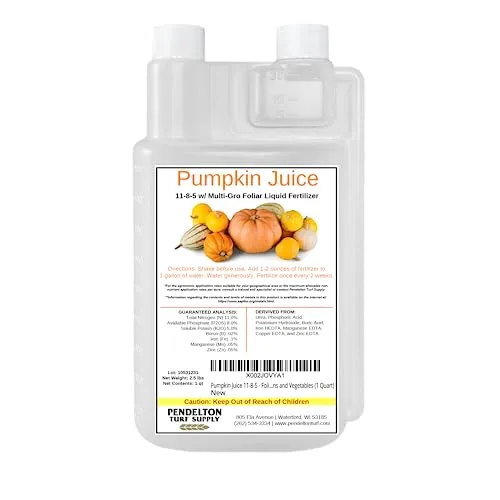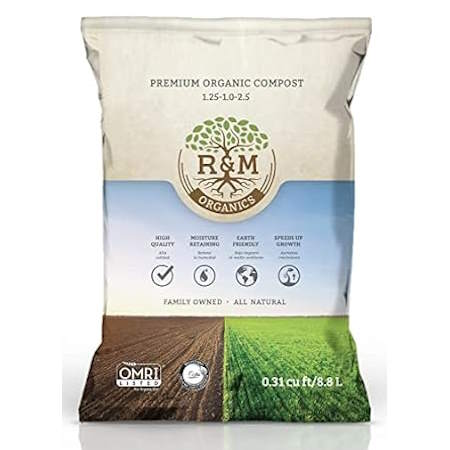It's not too late to plant pumpkins in July in warmer zones, that will grow in time for Halloween and Thanksgiving
We reveal when the planting window shuts for different hardiness zones
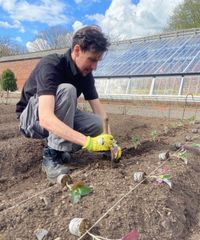

Pumpkins play a significant part in many annual fall traditions, from Halloween decorations to Thanksgiving desserts. They are synonymous with the time of year, and most households cannot do without them for carving, baking, or fall decor.
So why not grow your own for the festivities? Growing pumpkins is very satisfying and also makes a fun family project, but you need to get the timing right so your harvest is perfectly timed. If you want to join the many gardeners who enjoy growing their own pumpkins for these times of celebration, you might be thinking is July too late to plant pumpkins?
The crop has a long growing season, but the good news is that you are not necessarily too late to start growing pumpkins this month. The bad news is that it may depend on where you live. Let’s run the numbers to see if you are too late to plant pumpkins in July.
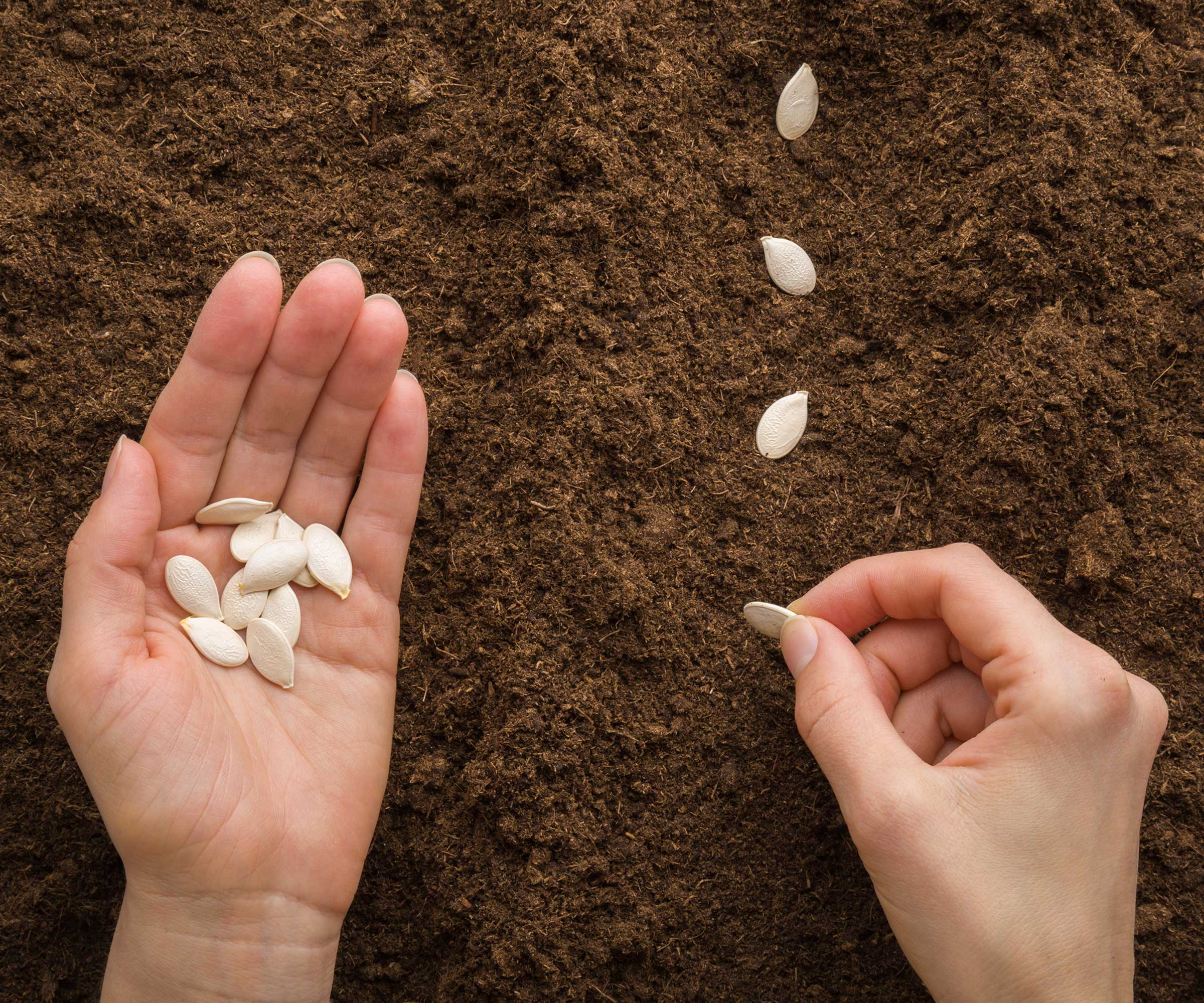
Can you plant pumpkins in July?
The ideal time for planting pumpkins largely depends on your climate and US hardiness zone.
The window for planting outdoors is May or June for most climates. However, pumpkins will grow quicker in warmer climates, so a later planting time is possible. So, does that mean you can still plant pumpkins in July?
The answer to that question is based on location, which means good or bad news depending on where you live.
It is good news for growers in warmer southern US hardiness zones, who can plant up until mid-July and will have enough of a window to be picking pumpkins off the vine for Halloween. This window can run until the end of the month if you are growing your pumpkins for Thanksgiving.
Design expertise in your inbox – from inspiring decorating ideas and beautiful celebrity homes to practical gardening advice and shopping round-ups.
Unfortunately, gardeners in cooler climates don’t have the luxury of such an extended sowing window. Their growing season is shorter, and pumpkins need to be ripe and ready to be picked before the first frosts.
Most pumpkin varieties need 90-100 days to go from planting to harvesting, which extends to 120 days if you strive to grow a giant pumpkin. To gauge if you can plant pumpkins in July, work backwards from your first frost date to see if there is enough time.
Also always check the ‘days to maturity’ on any seed packets or online descriptions to tell how long the growing season is for any variety. While any exact timing will depend on climate, weather, and maintenance, the time to maturity listed should give a good idea of whether you can plant pumpkins in July in your location.
Growers in US hardiness zone 7 or less, unfortunately, are short of time before their first frosts, which can be anywhere between the start of September and the end of October.
The first frost in US hardiness zone 8 is often from the second week to the end of November. This could give enough time to plant pumpkins in July and lift them by the first frost; however, it may be touch and go.
Whether or not you have time may depend on the type of pumpkin. There are miniature pumpkins such as ‘Jack Be Little’ that produce smaller fruits ideal for decorations and take around 85 days to go from planting to harvesting. You can get ‘Jack Be Little’ pumpkin seeds at Burpee.
It is better news for those in warmer zones. Growers in US hardiness zones 9 to 11+ can be fully confident that they can plant pumpkins in July and have time for the fruits to ripen.
With the last frosts starting from late November, it means growers have a good four-month window to grow pumpkins, and seeds can be planted until the end of July.
Pumpkins are hungry plants that need lots of nutrients to develop vines and fruits. Giving plants what they need starts with improving the garden soil by adding organic matter before planting. Once the plants start flowering, fertilize pumpkins with a feed rich in phosphorus and potassium to help develop and ripen the fruits.
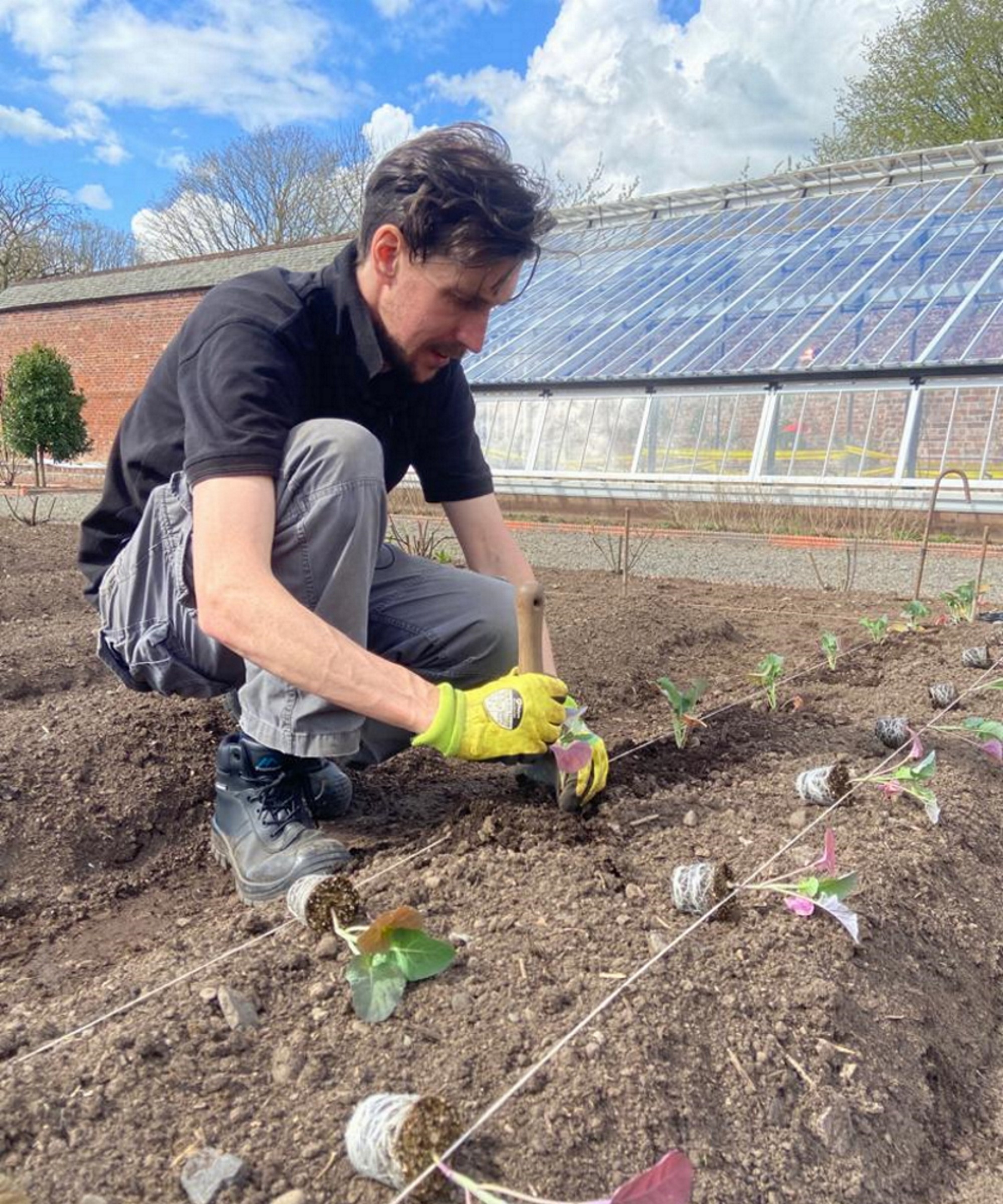
Drew has worked as a writer since 2008 and was also a professional gardener for many years. As a trained horticulturist, he worked in prestigious historic gardens, including Hanbury Hall and the world-famous Hidcote Manor Garden. He also spent time as a specialist kitchen gardener at Soho Farmhouse and Netherby Hall, where he grew vegetables, fruit, herbs, and cut flowers for restaurants. Drew has written for numerous print and online publications and is an allotment holder and garden blogger. He is shortlisted for the Digital Gardening Writer of the Year at the 2025 Garden Media Guild Awards.
